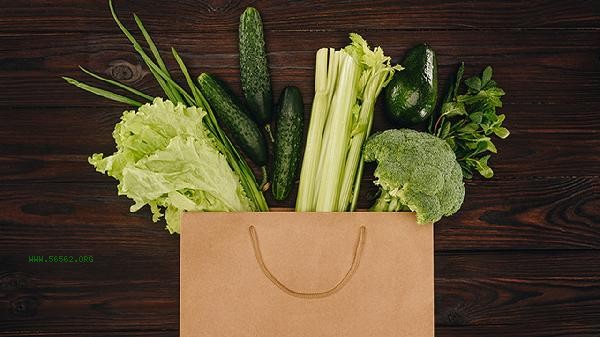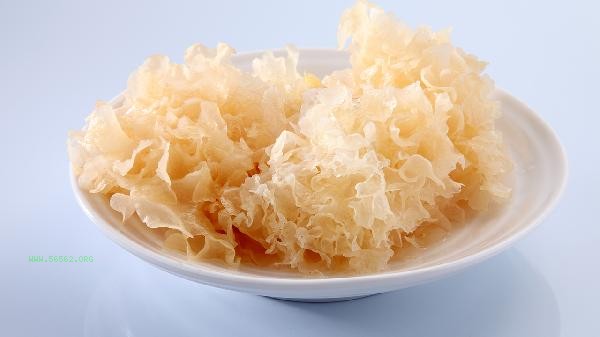Vegetable wholesale business can be carried out through establishing a stable supply chain, selecting suitable sales channels, controlling costs, optimizing warehousing and logistics, and emphasizing quality management. The vegetable wholesale industry has the characteristics of stable market demand but fierce competition, and it is necessary to formulate business strategies based on local consumption habits and resource conditions.

1. Establishing a supply chain
Establishing long-term cooperative relationships with farmers or cooperatives in the production area is the key to ensuring stable supply of goods. The order agriculture model can be adopted to lock in high-quality sources of goods in advance, while on-site inspections of the planting base environment and pesticide use are required. Establishing a multi origin supply network can effectively address the risk of seasonal stockouts, and it is recommended to prioritize radiation type production areas with convenient transportation.
Second, choose sales channels
Traditional agricultural market wholesale is still the mainstream channel, and it is necessary to focus on maintaining the relationship with secondary wholesalers. At the same time, it can expand emerging channels such as community group buying and fresh food e-commerce, and provide clean food processing services for catering enterprises. Different channels have differentiated requirements for dish specifications and delivery time, and a classified operation system needs to be established.
III. Cost Control
Adopting direct procurement from the place of origin to reduce intermediate links, bulk procurement can obtain price advantages but needs to balance inventory pressure. The transportation process can reduce logistics costs through carpooling delivery and use standardized turnover baskets to minimize losses. Suggest establishing a dynamic price adjustment mechanism and flexibly setting wholesale and retail price differences based on market conditions.

Fourth, optimize warehouse logistics
Renting a warehouse center equipped with a cold chain can extend the shelf life of vegetables, and leafy vegetables need to maintain an environment of 0-4 ℃. Establish a graded pre cooling process and configure modified atmosphere packaging equipment to handle high-end product categories. Delivery vehicles should be equipped with GPS temperature control systems to plan the optimal delivery route and improve turnover efficiency.
V. Quality Management
Strictly implement the agricultural product testing system and establish a supplier blacklist elimination mechanism. Adopting internationally recognized vegetable grading standards, sorting and processing defective products. Introduce a traceability system to record procurement and testing information, regularly submit pesticide residue heavy metal indicators for testing, and publicize testing reports to enhance customer trust.

In the initial stage of conducting wholesale business, it is recommended to focus on 3-5 high circulation categories and establish standardized operating procedures. Record daily sales and loss data of various varieties, analyze consumption trends, and adjust procurement plans. Pay attention to local government agricultural product support policies and participate in production and sales matchmaking meetings to expand customer resources. Pay attention to cultivating the quality control ability and bargaining skills of procurement personnel, regularly organize supplier inspections and customer follow ups, and enhance competitiveness by providing value-added services such as product selection suggestions. To maintain a reasonable cash flow and cope with price fluctuations, we can try developing contract agriculture to reduce operational risks.








Comments (0)
Leave a Comment
No comments yet
Be the first to share your thoughts!